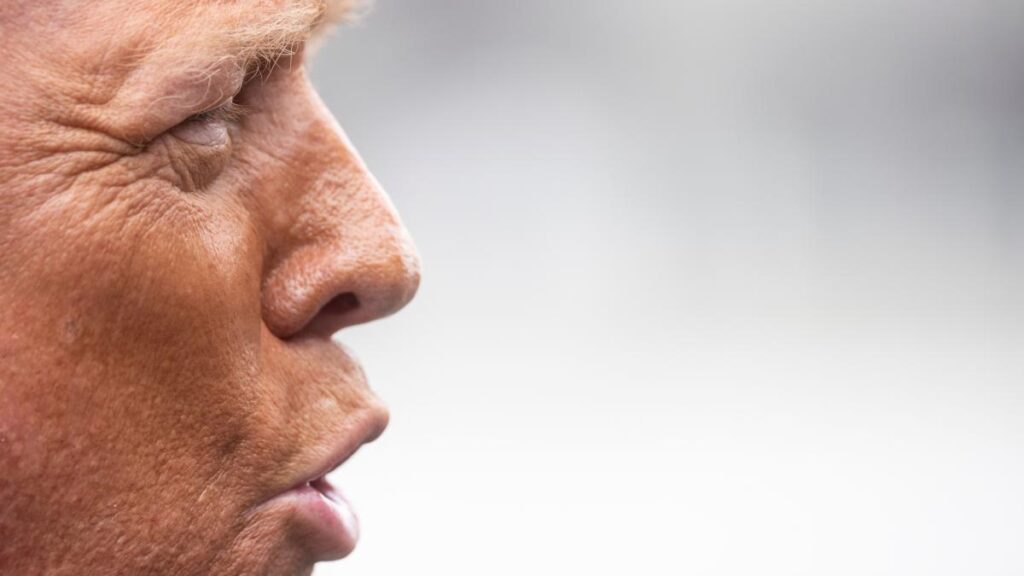Background on Donald Trump and His Influence
Donald J. Trump, the 45th President of the United States, served from January 2017 until April 2021. Known for his business background and reality TV fame, Trump brought a unique style to the White House. His presidency was marked by controversial policies, including trade tariffs aimed at reshaping the U.S. economy and reducing what he perceives as unfair trade practices.
Trump’s Announcement on Pharmaceutical Tariffs
On Tuesday morning, President Trump announced that tariffs on imported pharmaceutical products could reach up to 250% in the future, starting from a lower initial level. In an interview with CNBC, Trump stated, “Initially, we will place a small tariff on pharmaceutical products. Within one year, at most a year and a half, it will rise to 150%, and eventually reach 250%. Our goal is to encourage domestic production of pharmaceuticals.”
Previous Actions and Context
- July Announcement: Earlier in July, Trump announced a 200% tariff on pharmaceutical products if companies did not quickly repatriate production to the United States.
- Price Reduction Goal: Trump aims to lower drug prices, which are significantly higher in the U.S. compared to most industrialized nations.
- Letters to Pharmaceutical Companies: Trump sent letters to 17 pharmaceutical companies, demanding price reductions on their products. Companies have until September 29 to commit to these changes.
Key Questions and Answers
- Question: What is the main objective behind Trump’s tariff plan for pharmaceuticals?
- Question: What tariff levels did Trump initially propose?
- Question: How did Trump address drug pricing issues previously?
- Question: What deadline did Trump set for pharmaceutical companies to commit to price reductions?
Answer: Trump aims to encourage domestic production of pharmaceuticals and reduce high drug prices in the U.S.
Answer: Trump mentioned starting with a “small tariff” that would gradually increase to 150% within one and a half years, eventually reaching 250%.
Answer: In July, Trump announced a 200% tariff on imported pharmaceutical products if companies did not quickly repatriate production to the U.S.
Answer: Companies have until September 29 to commit to reducing the prices of their products.
Impact on the Pharmaceutical Industry and Consumers
Trump’s tariff plan aims to reshape the pharmaceutical landscape in the U.S., potentially increasing costs for both companies and consumers in the short term. However, by encouraging domestic production, Trump hopes to lower drug prices in the long run and create jobs within the U.S. pharmaceutical industry.
International Comparisons and Global Implications
The U.S. has long struggled with high drug prices compared to other industrialized nations. Trump’s tariff plan seeks to align U.S. drug pricing more closely with global averages, potentially influencing other countries to reconsider their own pharmaceutical policies.
Potential Challenges and Criticisms
Critics argue that Trump’s tariff plan may discourage foreign investment in the U.S. pharmaceutical sector and could lead to retaliatory tariffs from trading partners, ultimately harming American consumers. Additionally, the gradual increase in tariffs might not be enough to spur domestic production quickly.






